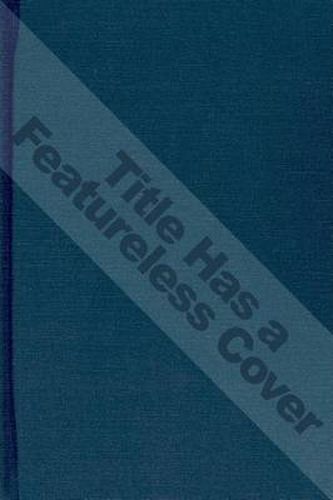Readings Newsletter
Become a Readings Member to make your shopping experience even easier.
Sign in or sign up for free!
You’re not far away from qualifying for FREE standard shipping within Australia
You’ve qualified for FREE standard shipping within Australia
The cart is loading…






This title is printed to order. This book may have been self-published. If so, we cannot guarantee the quality of the content. In the main most books will have gone through the editing process however some may not. We therefore suggest that you be aware of this before ordering this book. If in doubt check either the author or publisher’s details as we are unable to accept any returns unless they are faulty. Please contact us if you have any questions.
People have the right to choose their own form of government. That lofty principle, affirmed by Churchill and Roosevelt in the Atlantic Charter, was to guide our post-war foreign policy. But suppose that people given a chance to choose their government make the wrong choice? Suppose they choose a government unfriendly to the United States, an undemocratic form of government at odds with our national interests? What then?
Out of this conflict between idealistic principles and practical self-interest sprang the CIA’s first peacetime covert operations. In The CIA and the Marshall Plan historian Sallie Pisani shows how the U.S. added a Cold War corollary to the principle of self-determination: massive foreign aid and nonmilitary covert operations to reshape war-torn Europe in the image of the U.S.
Pisani tells, for the first time, the story of the top CIA operatives who were instrumental in developing the non-military covert intervention policies of the early Cold War years and the Office of Policy Coordination that carried them out. Through interviews with Deputy Director of Plans Richard Bissell (Bay of Pigs), OSS officer and later CIA official John Bross, CIA General Counsel Lawrence Houston, CIA field operative Kermit Roosevelt, and Frank Lindsay, head of paramilitary operations for OPC, Pisani traces covert operations from their roots in the New Deal and World War II through the years of the Marshall Plan.
$9.00 standard shipping within Australia
FREE standard shipping within Australia for orders over $100.00
Express & International shipping calculated at checkout
This title is printed to order. This book may have been self-published. If so, we cannot guarantee the quality of the content. In the main most books will have gone through the editing process however some may not. We therefore suggest that you be aware of this before ordering this book. If in doubt check either the author or publisher’s details as we are unable to accept any returns unless they are faulty. Please contact us if you have any questions.
People have the right to choose their own form of government. That lofty principle, affirmed by Churchill and Roosevelt in the Atlantic Charter, was to guide our post-war foreign policy. But suppose that people given a chance to choose their government make the wrong choice? Suppose they choose a government unfriendly to the United States, an undemocratic form of government at odds with our national interests? What then?
Out of this conflict between idealistic principles and practical self-interest sprang the CIA’s first peacetime covert operations. In The CIA and the Marshall Plan historian Sallie Pisani shows how the U.S. added a Cold War corollary to the principle of self-determination: massive foreign aid and nonmilitary covert operations to reshape war-torn Europe in the image of the U.S.
Pisani tells, for the first time, the story of the top CIA operatives who were instrumental in developing the non-military covert intervention policies of the early Cold War years and the Office of Policy Coordination that carried them out. Through interviews with Deputy Director of Plans Richard Bissell (Bay of Pigs), OSS officer and later CIA official John Bross, CIA General Counsel Lawrence Houston, CIA field operative Kermit Roosevelt, and Frank Lindsay, head of paramilitary operations for OPC, Pisani traces covert operations from their roots in the New Deal and World War II through the years of the Marshall Plan.